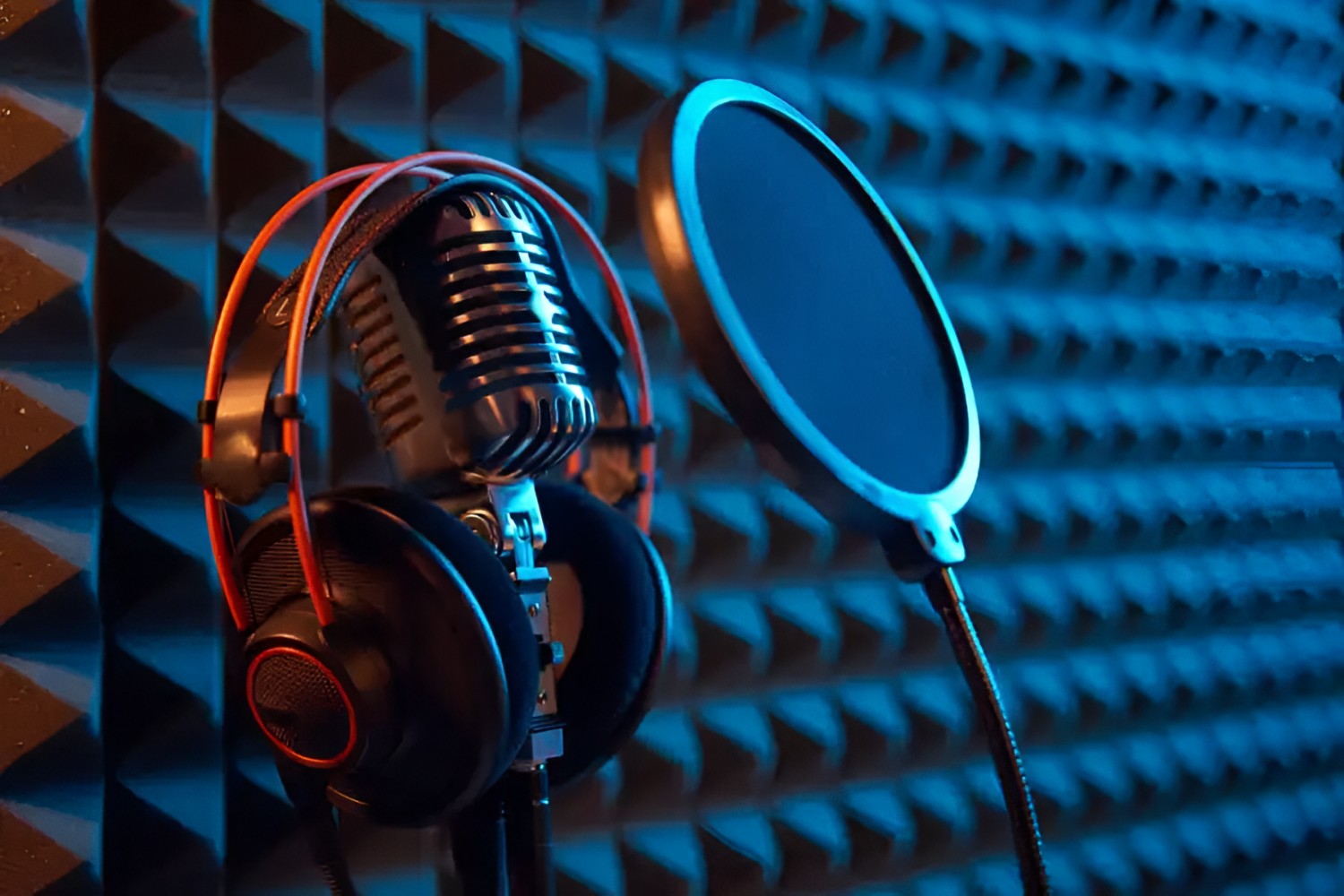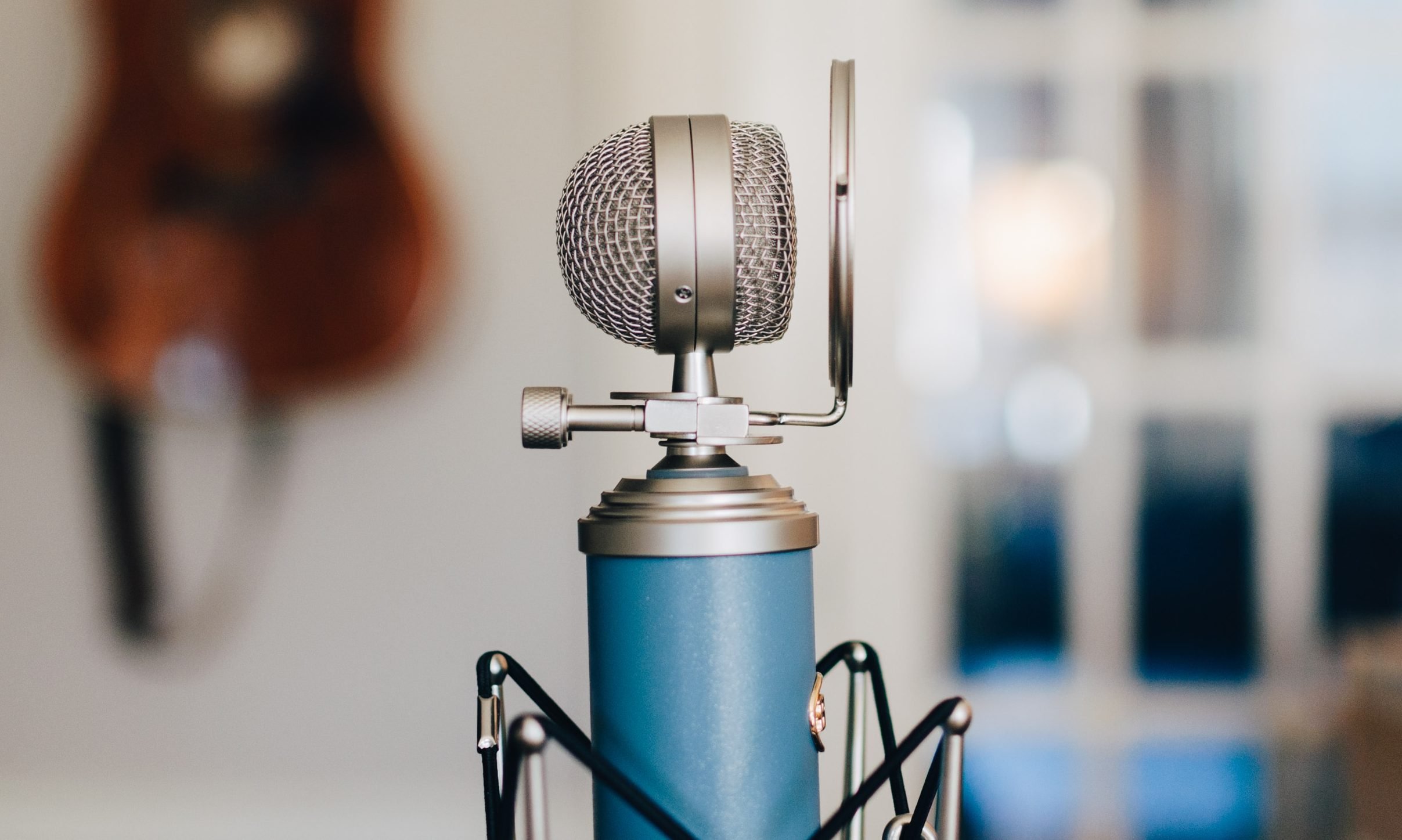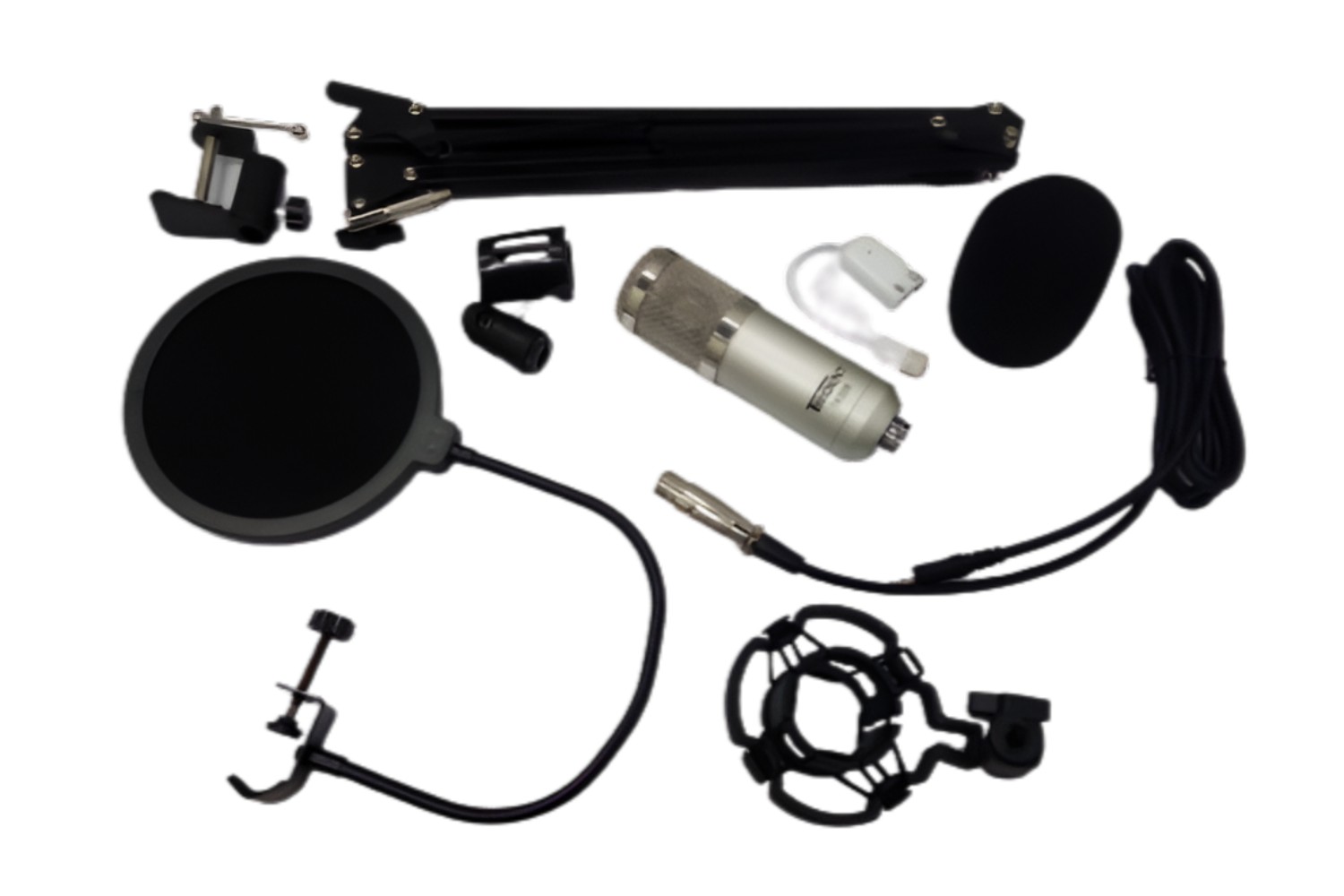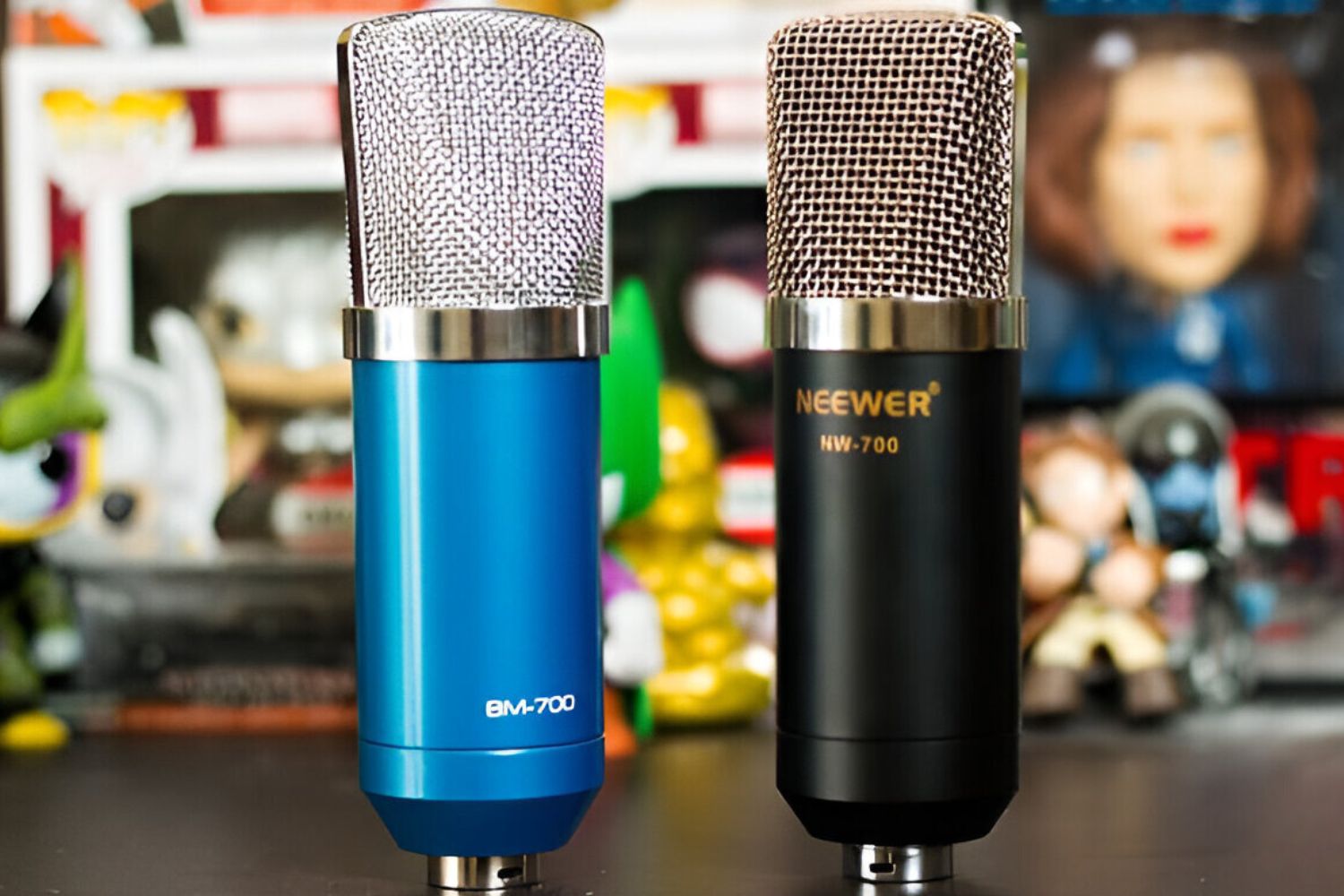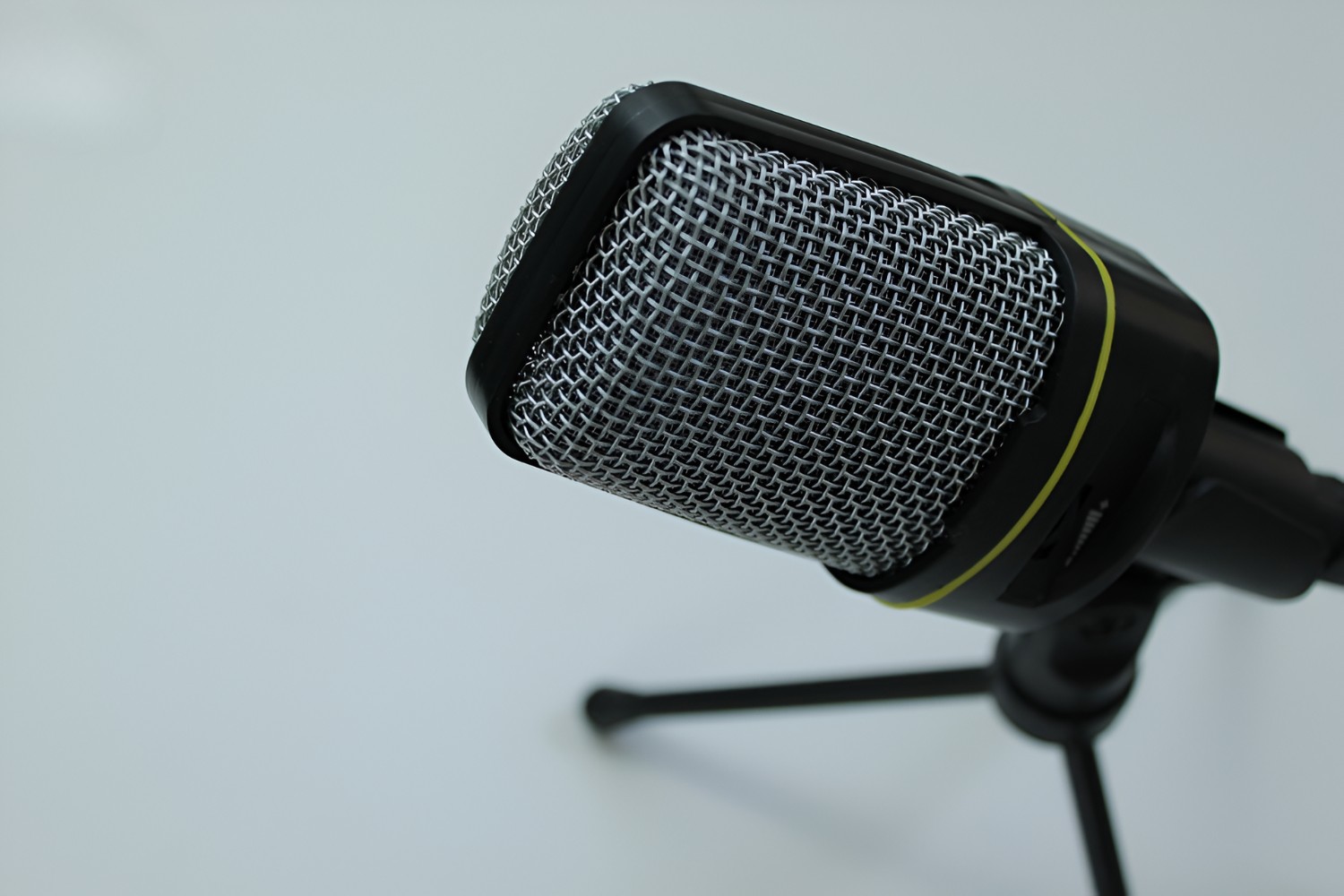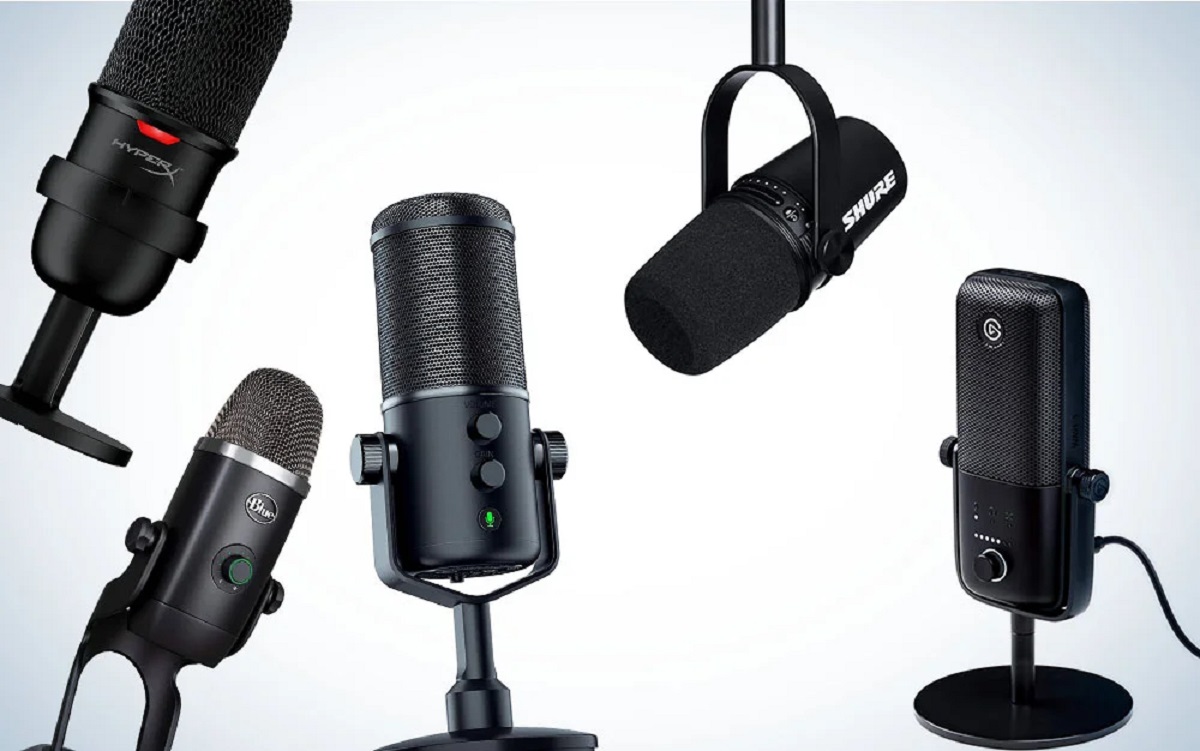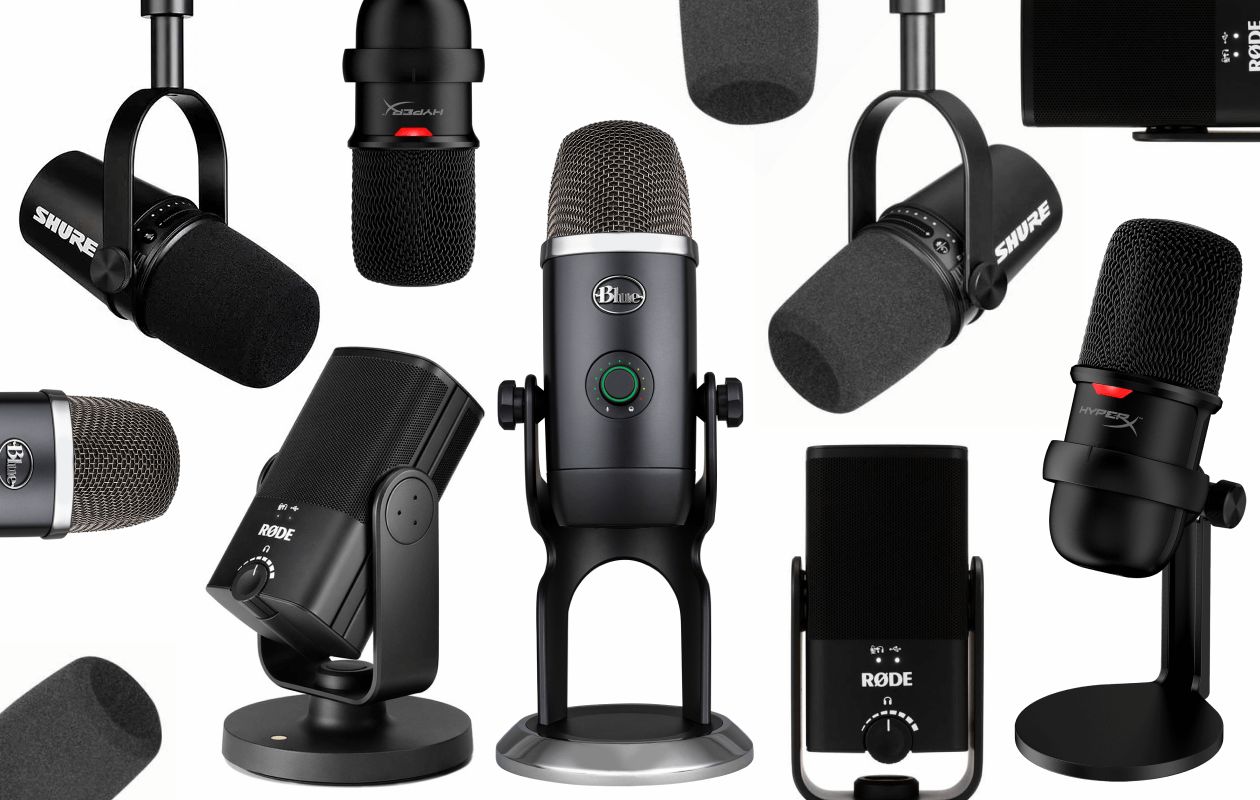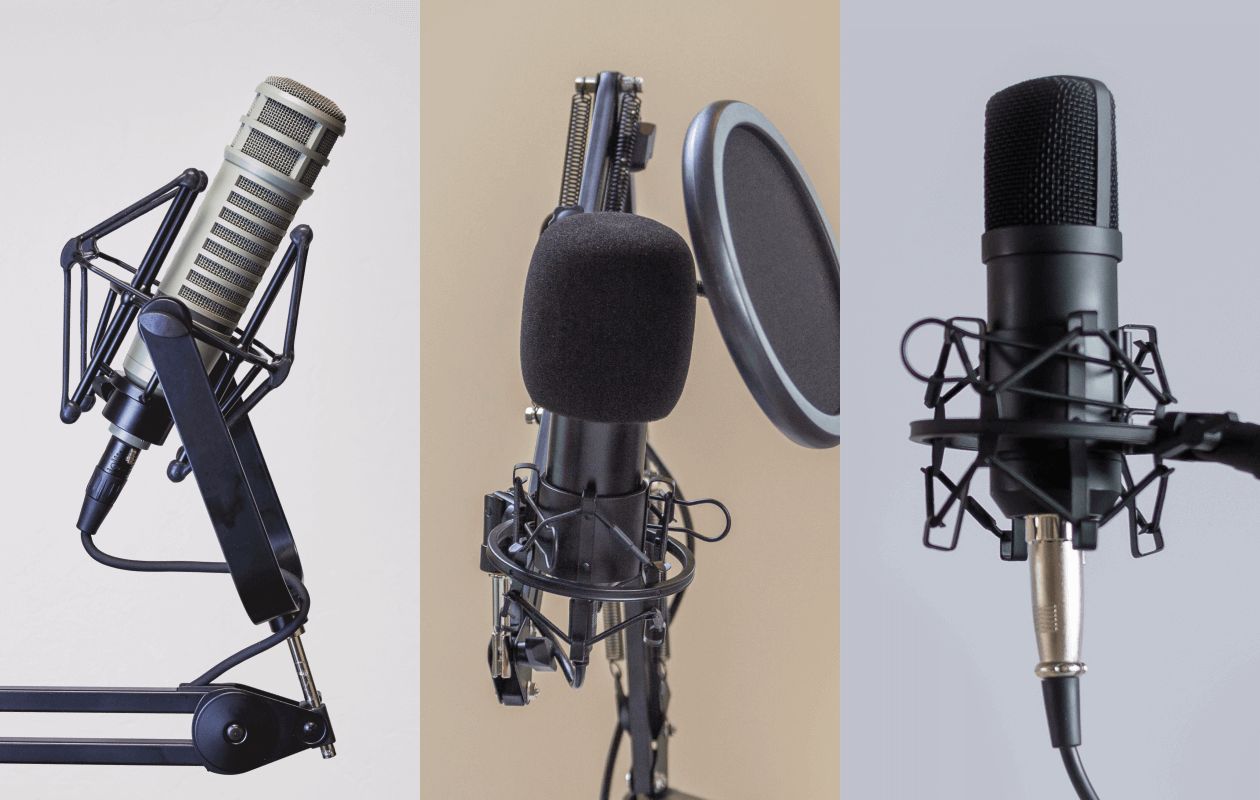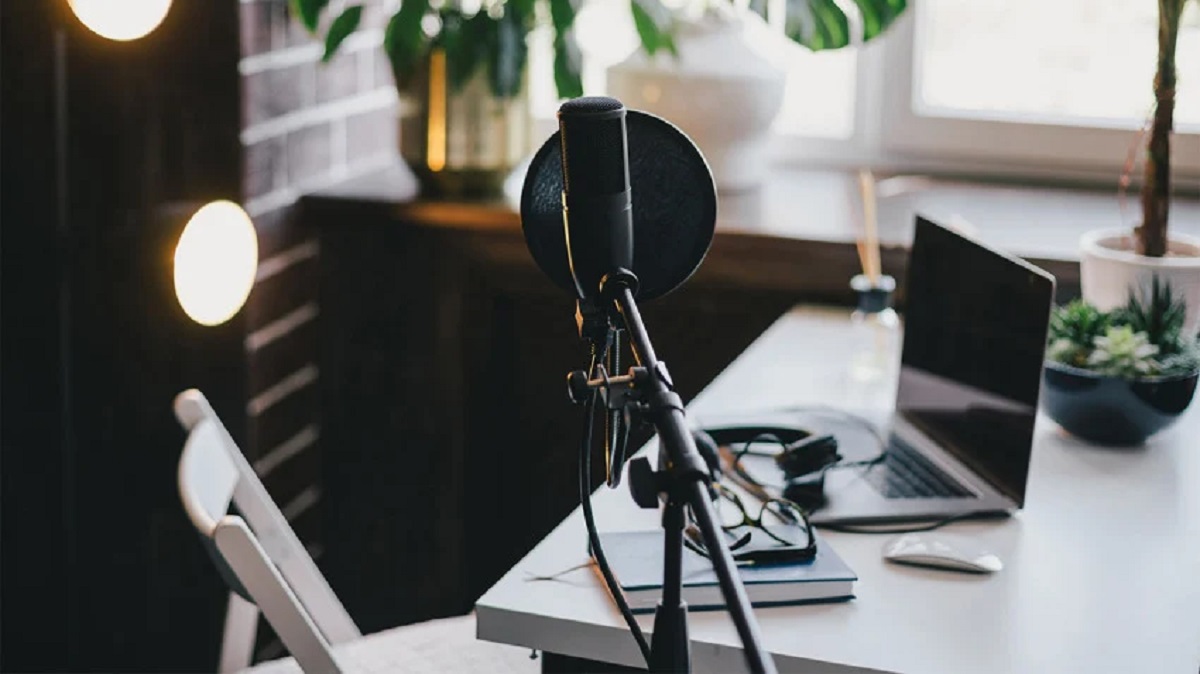Introduction
If you're an aspiring musician, podcaster, or content creator, you understand the importance of achieving crystal-clear audio. Whether you're recording vocals, instruments, or spoken word, the quality of your sound can make or break your final product. One essential tool for achieving professional audio quality is a pop screen, also known as a pop filter. In this guide, we'll delve into the world of pop screens and explore how to effectively use them with a condenser microphone to enhance your audio recordings.
A pop screen is a simple yet indispensable device that is designed to reduce or eliminate the popping sounds caused by plosive consonants such as "P" and "B" during vocal recordings. These sounds can create unwanted bursts of air that hit the microphone, resulting in distracting and unpleasant audio artifacts. A pop screen acts as a barrier between the vocalist or speaker and the microphone, diffusing the airflow and preventing these plosive sounds from overwhelming the microphone's sensitive diaphragm.
Using a pop screen with a condenser microphone is a common practice in professional recording studios, home studios, and live sound settings. While condenser microphones are renowned for their sensitivity and ability to capture nuanced audio details, they are also more susceptible to plosive sounds compared to dynamic microphones. Therefore, incorporating a pop screen into your recording setup is crucial for achieving clean and professional audio quality.
In the following sections, we'll explore the benefits of using a pop screen with a condenser microphone, the process of setting up a pop screen, and valuable tips for maximizing its effectiveness. Whether you're a seasoned audio engineer or a novice content creator, mastering the art of using a pop screen with a condenser microphone can elevate the quality of your recordings and ensure that your audio projects stand out with pristine sound clarity.
What is a Pop Screen?
A pop screen, also known as a pop filter, is a simple yet invaluable device used in audio recording to minimize the impact of plosive sounds on microphone recordings. Plosive sounds are caused by the sudden release of air when pronouncing certain consonants, such as "P" and "B," which can create disruptive bursts of air that hit the microphone diaphragm. This can result in unwanted low-frequency pops and distortion in the recorded audio.
The pop screen typically consists of a circular frame with a thin, acoustically transparent material stretched across it. This material serves as a barrier between the sound source, usually a vocalist or a speaker, and the microphone. By diffusing the airflow, the pop screen effectively reduces the impact of plosive sounds on the microphone, resulting in cleaner and more natural audio recordings.
Besides mitigating plosive sounds, pop screens also help in minimizing sibilance, which refers to the excessive prominence of "S" and "T" sounds in vocal recordings. The fine mesh or fabric of the pop screen disperses the airflow from these sounds, reducing their intensity and creating a more balanced and pleasant audio output.
Pop screens come in various designs, including single or double-layered mesh, nylon, metal, or foam materials. Each type offers specific advantages in terms of plosive reduction, transparency, and durability. Some pop screens feature adjustable gooseneck or clamp mechanisms, allowing for flexible positioning in front of the microphone to accommodate different recording setups and preferences.
Whether you’re recording vocals, voiceovers, podcasts, or musical instruments, incorporating a pop screen into your setup is essential for achieving professional audio quality and ensuring that your recordings are free from distracting plosive and sibilant artifacts. Understanding the role of a pop screen and its impact on audio recordings is fundamental for anyone seeking to produce clear, pristine, and professional-quality sound.
Why Use a Pop Screen with a Condenser Microphone?
Condenser microphones are revered for their exceptional sensitivity, wide frequency response, and ability to capture subtle nuances with remarkable clarity. However, this heightened sensitivity also makes them more susceptible to picking up unwanted plosive sounds, such as the bursts of air produced when pronouncing certain consonants. When used without a pop screen, condenser microphones can capture these plosive sounds, resulting in distracting pops and distortion in the recorded audio.
By incorporating a pop screen into your condenser microphone setup, you can effectively mitigate the impact of plosive sounds, ensuring that your recordings are free from these disruptive artifacts. The pop screen acts as a protective barrier, diffusing the airflow from plosive consonants before it reaches the microphone diaphragm, thereby preventing the unwanted low-frequency pops and distortion that can compromise the quality of your recordings.
Additionally, condenser microphones are commonly used in studio environments for recording vocals, acoustic instruments, and ambient sounds. In these settings, the need for pristine audio quality is paramount, and the presence of plosive artifacts can significantly detract from the overall production value. By using a pop screen with a condenser microphone, you can maintain a professional and polished sound, free from the distractions of plosive and sibilant sounds, ensuring that your recordings are of the highest quality.
Furthermore, the versatility of condenser microphones often leads to their use in live sound reinforcement, broadcasting, and podcasting. In these applications, the presence of plosive sounds can be particularly disruptive, especially in live settings where post-production editing is limited. Integrating a pop screen into your condenser microphone setup is essential for delivering clear and intelligible audio, whether you’re performing live, recording podcasts, or engaging in broadcasting activities.
Ultimately, the decision to use a pop screen with a condenser microphone is driven by the pursuit of professional audio quality. By effectively addressing the challenges posed by plosive and sibilant sounds, a pop screen becomes an indispensable tool for ensuring that your condenser microphone recordings are free from unwanted artifacts, allowing the true essence of your audio performances to shine through with clarity and precision.
How to Set Up a Pop Screen with a Condenser Microphone
Setting up a pop screen with a condenser microphone is a straightforward process that can significantly enhance the quality of your audio recordings. Follow these steps to ensure a proper and effective setup:
- Positioning the Pop Screen: Place the pop screen between the sound source, such as a vocalist or speaker, and the condenser microphone. The pop screen should be positioned a few inches away from the microphone, ensuring that it adequately covers the microphone’s diaphragm. This placement allows the pop screen to intercept and diffuse the airflow from plosive sounds before it reaches the microphone, effectively reducing their impact on the recorded audio.
- Securing the Pop Screen: Many pop screens are equipped with adjustable gooseneck arms or clamps that allow for flexible positioning. Secure the pop screen in place using the provided mechanism, ensuring that it remains stable and does not obstruct the sound source or the microphone. Properly securing the pop screen is essential for maintaining consistent plosive reduction throughout the recording session.
- Microphone Placement: If the condenser microphone is mounted on a stand or boom arm, ensure that its position complements the placement of the pop screen. The microphone should be positioned behind the pop screen, allowing it to capture the sound while benefiting from the plosive reduction provided by the pop screen.
- Testing the Setup: Before beginning the recording session, conduct a brief sound check to ensure that the pop screen effectively mitigates plosive sounds. Have the vocalist or speaker perform vocal exercises or recite passages that contain plosive consonants, and listen for any remaining pops or distortion. Adjust the positioning of the pop screen if necessary to optimize its plosive-reducing capabilities.
By following these steps, you can establish an effective and reliable setup for using a pop screen with a condenser microphone. This setup not only minimizes the impact of plosive sounds on your recordings but also ensures that your audio projects maintain a high standard of clarity and professionalism.
Tips for Using a Pop Screen Effectively
Maximizing the effectiveness of a pop screen with a condenser microphone involves more than just its initial setup. Consider the following tips to ensure that you are using your pop screen to its full potential:
- Proper Distance: Maintain an optimal distance between the pop screen and the microphone. Positioning the pop screen a few inches away from the microphone allows it to effectively intercept plosive sounds while avoiding obstructing the microphone’s ability to capture clear and natural audio.
- Angle Adjustment: Experiment with the angle of the pop screen to find the most effective position for diffusing plosive sounds. Tilting the pop screen slightly can alter the airflow dynamics, further reducing the impact of plosive consonants on the microphone diaphragm.
- Monitor Vocal Projection: Encourage vocalists and speakers to project their voices slightly above or to the side of the pop screen. This technique directs the airflow away from the microphone, minimizing the occurrence of plosive sounds and contributing to cleaner recordings.
- Regular Maintenance: Keep the pop screen clean and free from dust, moisture, and debris. Regular maintenance ensures that the pop screen maintains its acoustically transparent properties, allowing it to effectively diffuse airflow without introducing unwanted artifacts into the recordings.
- Use in Various Settings: Experiment with using the pop screen in different recording environments and applications. Whether recording vocals, acoustic instruments, or podcast vocals, the pop screen can consistently deliver improved audio quality by reducing plosive and sibilant artifacts.
By implementing these tips, you can harness the full potential of your pop screen and condenser microphone setup, ensuring that your recordings are free from disruptive plosive sounds and maintain a professional standard of audio clarity.
Conclusion
In the realm of audio recording, the utilization of a pop screen with a condenser microphone stands as a fundamental practice for achieving pristine sound quality. By effectively diffusing plosive sounds and minimizing sibilance, the pop screen plays a pivotal role in ensuring that vocal and instrumental recordings are free from distracting artifacts, allowing the true essence of the audio performances to shine through with clarity and precision.
Understanding the significance of a pop screen and its impact on audio recordings empowers creators, musicians, and podcasters to elevate the quality of their productions. Whether in a professional studio environment, a home recording setup, or a live performance setting, the incorporation of a pop screen with a condenser microphone is synonymous with a commitment to delivering exceptional audio clarity and maintaining a standard of professionalism.
As technology continues to advance and the demand for high-quality audio content grows, the role of the pop screen remains indispensable. Its ability to seamlessly integrate into diverse recording scenarios, its ease of use, and its effectiveness in reducing unwanted artifacts make it an essential tool for anyone seeking to produce clear, polished, and professional-quality sound.
By embracing the principles of proper setup, thoughtful positioning, and regular maintenance, users can harness the full potential of their pop screen and condenser microphone combination, ensuring that their audio recordings consistently meet the highest standards of quality and clarity. Aspiring musicians, content creators, and audio enthusiasts alike can benefit from the transformative impact of a well-utilized pop screen, enhancing their recordings and captivating their audiences with exceptional sound.
With a keen understanding of the role of a pop screen and a commitment to implementing best practices, individuals can embark on a journey of sonic excellence, where the nuances of their performances are faithfully captured, free from the disruptions of plosive sounds and sibilant artifacts. The pop screen stands as a steadfast ally in the pursuit of audio perfection, enriching the world of sound with its ability to preserve the purity and authenticity of every vocal and instrumental expression.







